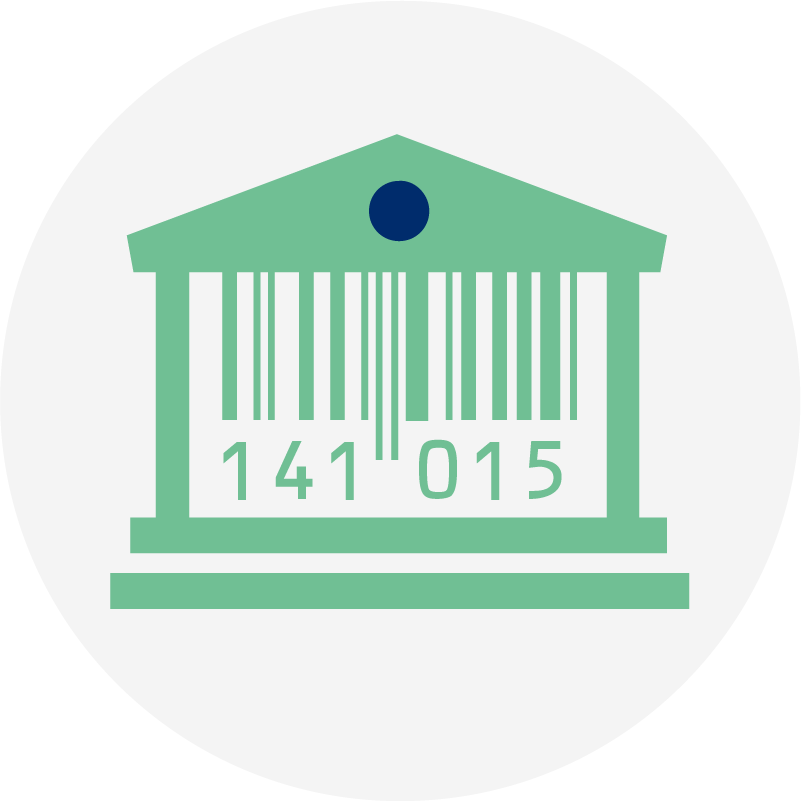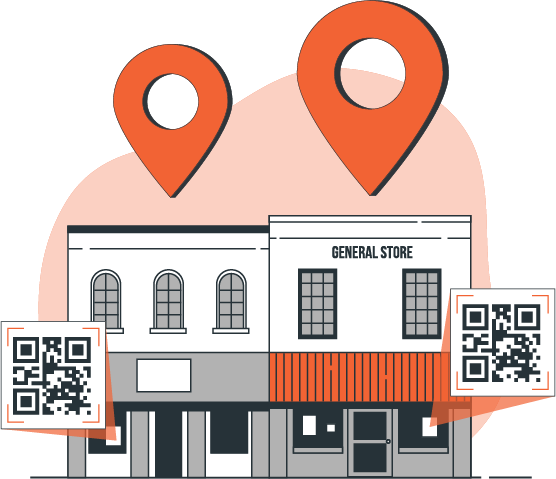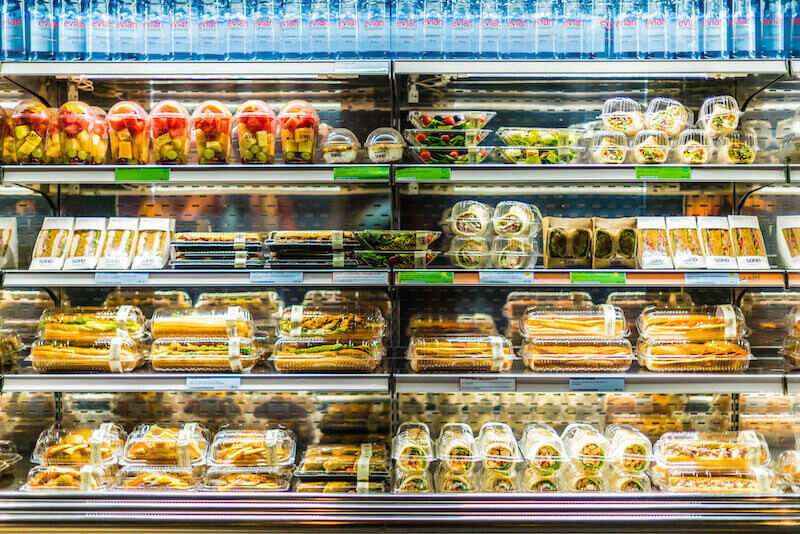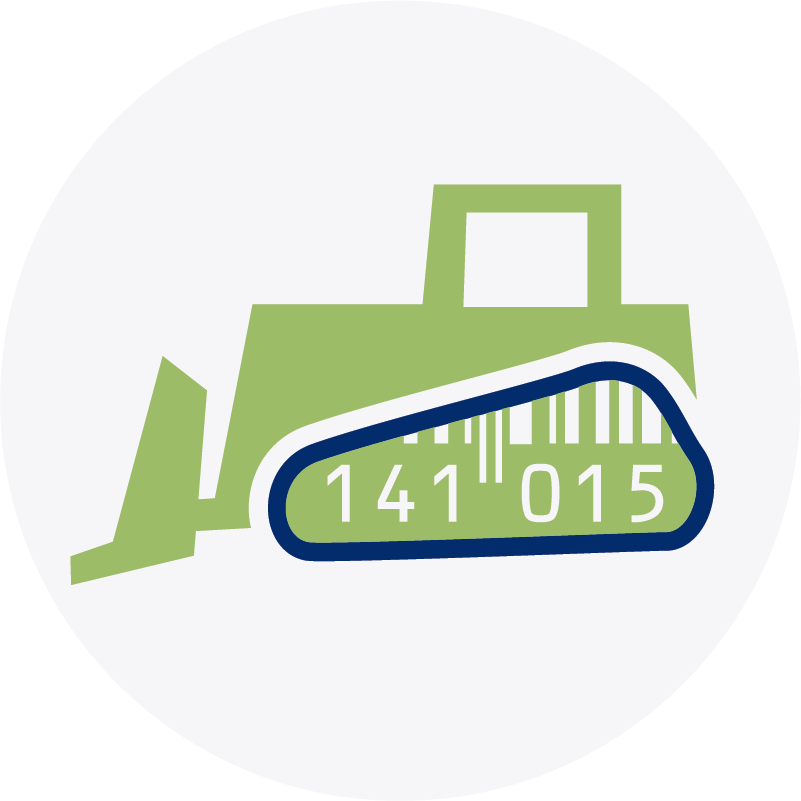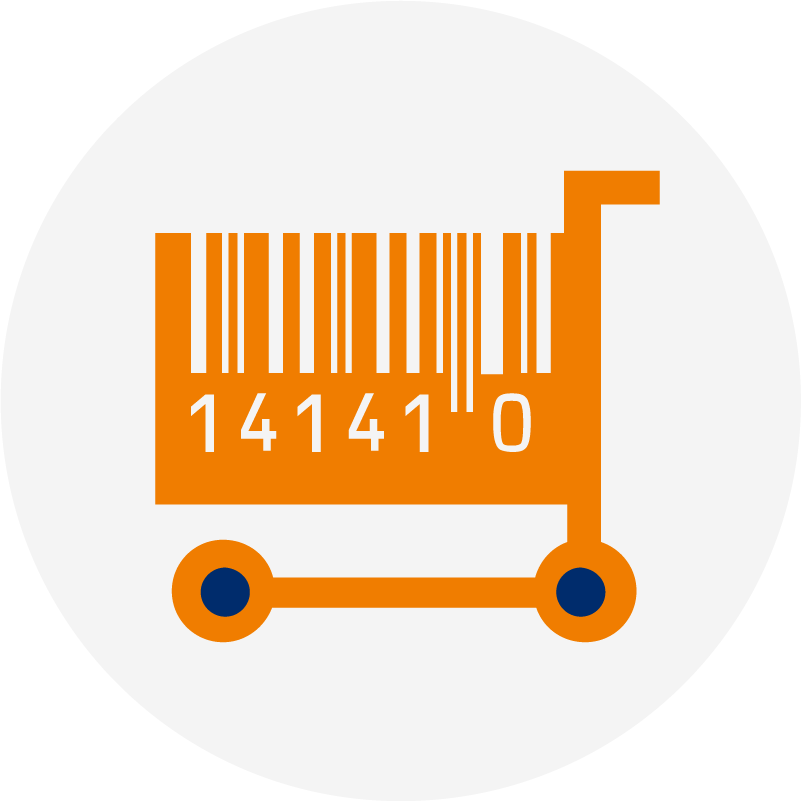Government
GS1 NZ is partnering with government, business and their communities to provide the global foundations for a digitised, sustainable future.
GS1 New Zealand enables government and industry to scale sustainably, safely and securely.
GS1 New Zealand works with New Zealand Government agencies by using the same standards private sector organisations use for border clearance, procurement and identification of products and places.
Global Data Standards (GDS) are instrumental in facilitating international trade. They give world class specifications to ensure data interoperability, transparency and efficiency.
GS1 supporting the New Zealand Business Number Ecosystem
A key initiative for the Government is the New Zealand Business Number (NZBN). The NZBN is a globally unique identifier available to all Kiwi businesses, including Sole Traders, Companies, Partnerships, Trusts, and other entity types. It uses a GS1 legal entity identifier, known as a Global Location Number (GLN).
In collaboration with Government agencies, over 750,000 businesses in New Zealand have an NZBN. Linked to each business’s NZBN is a set of core business information, known as Primary Business Data (PBD). This data is the information most frequently requested when transacting with other businesses or with the Government.
The NZBN acts as a trust anchor, which is essential for virtually every transaction across the economy, both digital and traditional. This makes doing business faster and easier.
GS1 Global Location Numbers assisting in the Government strategy
Organisation Parts enable businesses to extend beyond their NZBN (New Zealand Business Number) to identify various areas such as branches, departments, and locations. This facilitates easier connections and interactions with other businesses and government agencies.
Organisation Parts are GLNs (Global Location Numbers) that answer the questions of ‘who’ is involved in a commercial relationship and ‘where’ something or someone is at a given time (as seen in the Covid-19 location posters). GLNs also play a crucial role in cross-border trade.
The New Zealand Government is promoting eInvoicing, which automates and simplifies the exchange and processing of invoices by directly exchanging invoice information between buyers’ and suppliers’ financial systems, even if these systems are different. The identifiers used in the eInvoicing process can be GLNs, and if you use an Organisation Part, it is automatically linked to your NZBN.
The NZBN acts as a trust anchor, for the Organisation parts used in eInvoicing. This makes doing business smoother, faster, and safer by reducing invoice errors and delays, and helping to speed up processing and payments.
Product packaging data sharing – to improve productivity, efficiency, and sustainability.
GS1 New Zealand is doing a feasibility study on plastic packaging data sharing in the retail sector. We are looking at how packaging data is shared currently – from distributer to brand owner, through to re-use, recycling or end of life - and how existing systems could be enhanced using GS1 standards.
Product recall management and food safety
GS1's ProductRecallNZ (PRNZ) service is a secure, online, 24/7 recall management solution that is used by New Zealand’s major supermarket retailers and the majority of NZ food & grocery suppliers. It allows users to react quickly and effectively in the event of a recall, to ensure high consumer safety and reduce any potential reputational risk.
PRNZ is a globally recognised system and is explicitly referenced in New Zealand Food Safety’s (NZFS) recall guidance as a way to combine and streamline process steps.
On Pack data collection
Our On Pack data collection is the largest food and grocery ingredient and nutritional database in New Zealand. It is used by Ministry for Primary Industries and NZ Food Safety. This critical information is used to development and monitor of food policy performance and food standards. Information from the database is used by major grocery retailers to thier online “digital twin” product information to enable consumers to make informed product decisions. Case study: On Pack Label Database
Digital product labelling
Digital labelling, such as the GS1 QR code with Digital Link is the use of digital technology to provide product and logistics information to complement physical labels. Major international export markets such as China and the European Union are modernising practices to take advantage of digital labelling and many brand owners are already enhancing the provision of information to consumers and their trading partners.
Benefits of digital product labelling:
- Enables product information to be updated in real-time reducing business administrative burdens;
- Reduces the sole reliance on physical labelling encouraging business efficiency, industry productivity, sustainability and innovation;
- Supports export growth by enabling businesses to flexibly meet overseas regulatory requirements;
- Facilitates increased product information being available to consumers at any time enhancing consumer trust and transparency; and
- Enables the digital display of product information supporting consumer accessibility, such as for those with low vision.
Ministry for Regulation product labelling regulatory review
The Ministry for Regulation is currently conducting a review into product labelling. While the terms of reference are yet to be set, the review will explore New Zealand’s alignment with international product labelling standards and examine regulatory barriers to interoperability with international markets. This includes looking at domestic labelling regulations, import/export considerations, and innovative labelling approaches.
GS1 New Zealand prepared a joint statement with industry organisations and major companies that have an interest in labelling. Our submission highlighted the opportunities that could come from New Zealand embracing digital labelling and the role of GS1 standards.
Read more about the review on the Ministry of Regulations’ website.
Supporting business growth and sustainability
Building and Construction
Across the world and in New Zealand, there is a focus on improving productivity and environmental sustainability outcomes in the building and construction sector as well as commitments to the circular economy. In New Zealand, we work with Government agencies and the Building Research Association of NZ (BRANZ) to implement GS1 standards in achieving these outcomes. Read more here
Transport and logistics
Scan4Transport (S4T) is the global standard for encoding transport and logistics data into a shipping label to support transport processes including first mile, sortation and last mile activities. Having a single logistics label for use worldwide for all transport modes has many benefits including enhanced supply chain visibility, one common shipping label for global use and streamlined parcel sortation processes. Read more here
Food traceability
GS1’s approach to enabling global supply chain traceability is focused on the use of open standards to provide visibility of objects that are relevant to regulators and trading partners. We work closely with governments and regulators across the world in developing global GS1 standards and guidelines to ensure foods and food ingredients imported into offshore markets meet food safety standards and requirements while protecting New Zealand exporters. Read case study

